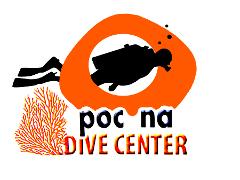6 Tank MUSA and/or REEF DIVES Package [6 Shallow Dives] (for certified divers)
![6 Tank MUSA and/or REEF DIVES Package [6 Shallow Dives] (for certified divers)](https://img.rezdy.com/PRODUCT_IMAGE/189678/_DSC2498_lg.jpg)
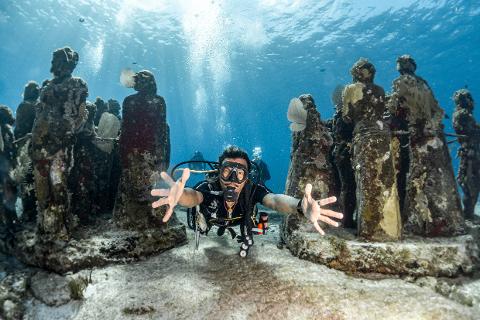
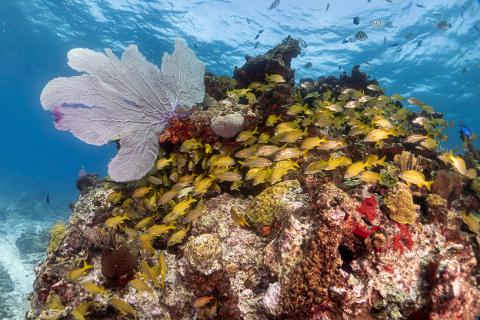
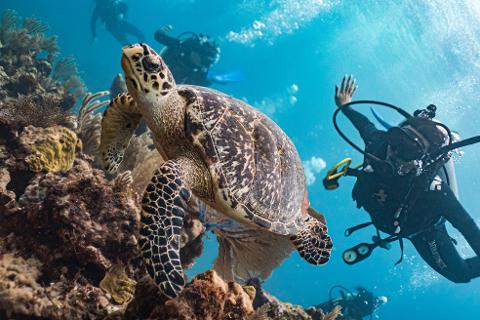
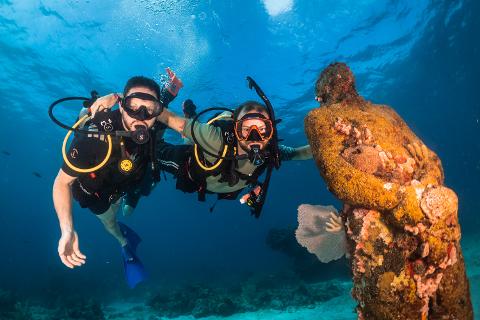
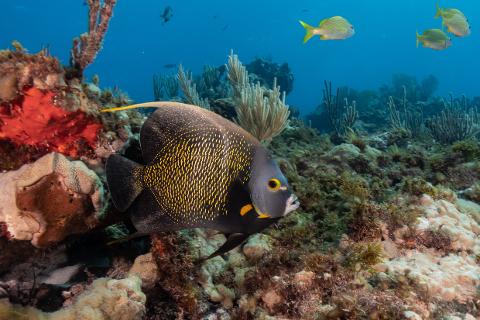
- Duración: 4 Horas (aproximadamente)
- Ubicación: Isla Mujeres, Q.Roo
- Código de producto: PMGFMW
Manchones reef is the start of the Mesoamerican reef system that travels all the way down to Honduras through Belize and Guatemala. Stretching for nearly 700 miles, this is the largest barrier reef in the Western Hemisphere. This amazing reef system is the home to a dazzling array of coral and is home and food to abundant marine life that includes turtles, sharks and hundreds of fish species. This reef and the mangroves that grow along the shores provide habitat to both marine life and shorebirds and are hugely important in the protection of the coastal areas from strong storms and hurricanes
The national park is a 12-kilometer national park that offers much to the recreational diver of every level and beautiful areas for those interested in snorkeling.
There are many different parts of Manchones National Park.
Cross of the Bay is a statue that is dedicated to Ramon Bravo and to fishermen who have lost their lives at sea. It is not uncommon to dive on this statue and see offerings left at the base of the statue for these reasons.
Ramon Bravo (21 Oct 1925- 21 Feb 1998) was a Mexican diver, photographer, and underwater filmmaker. Born in Piedras Negras, Coahuila. He was a famous Mexican swimmer that competed in the 1948 Summer Olympics. He soon became involved with diving and filmmaking and quickly gained fame in Europe and America. His fascination and dedication to sharks led to a large portion of his time and work to the filming and studying of these amazing animals. It was Ramon Bravo that is responsible for the discovery (through fisherman Carlos Garcia "Valve"), filming and studying of the “sleeping sharks” near Isla Mujeres in the 70s where tiger sharks were seen to be sleeping on the ocean floor. It was because of this discovery that Jacques Cousteau spent several weeks here studying this phenomenon with Ramon Bravo as his guide.
This unusual behavior is thought to be caused by underwater freshwater rivers from the Yucatan which the sharks would use to cleanse their bodies. Cousteau spent several weeks here studying the sharks and the migration of lobsters.
One of Bravos novels went on to become a film called Tintorera (1977) Which he did the underwater photography for. He also photographed and directed underwater scenes in the James Bond movie Licence to Kill.
Ramon Bravo is a very important persona of Isla Mujeres and has contributed so much to the study and understanding of our beautiful and fragile ecosystem and he has inspired many to embrace the career of marine biology, oceanography, scuba diving or underwater photography and many others to dedicate themselves to the preservation of our environment from other perspectives.
His work in the defense of marine ecosystems led to the presentation of the Ramon Bravo Medal which is granted by the Government of Quintana Roo.
